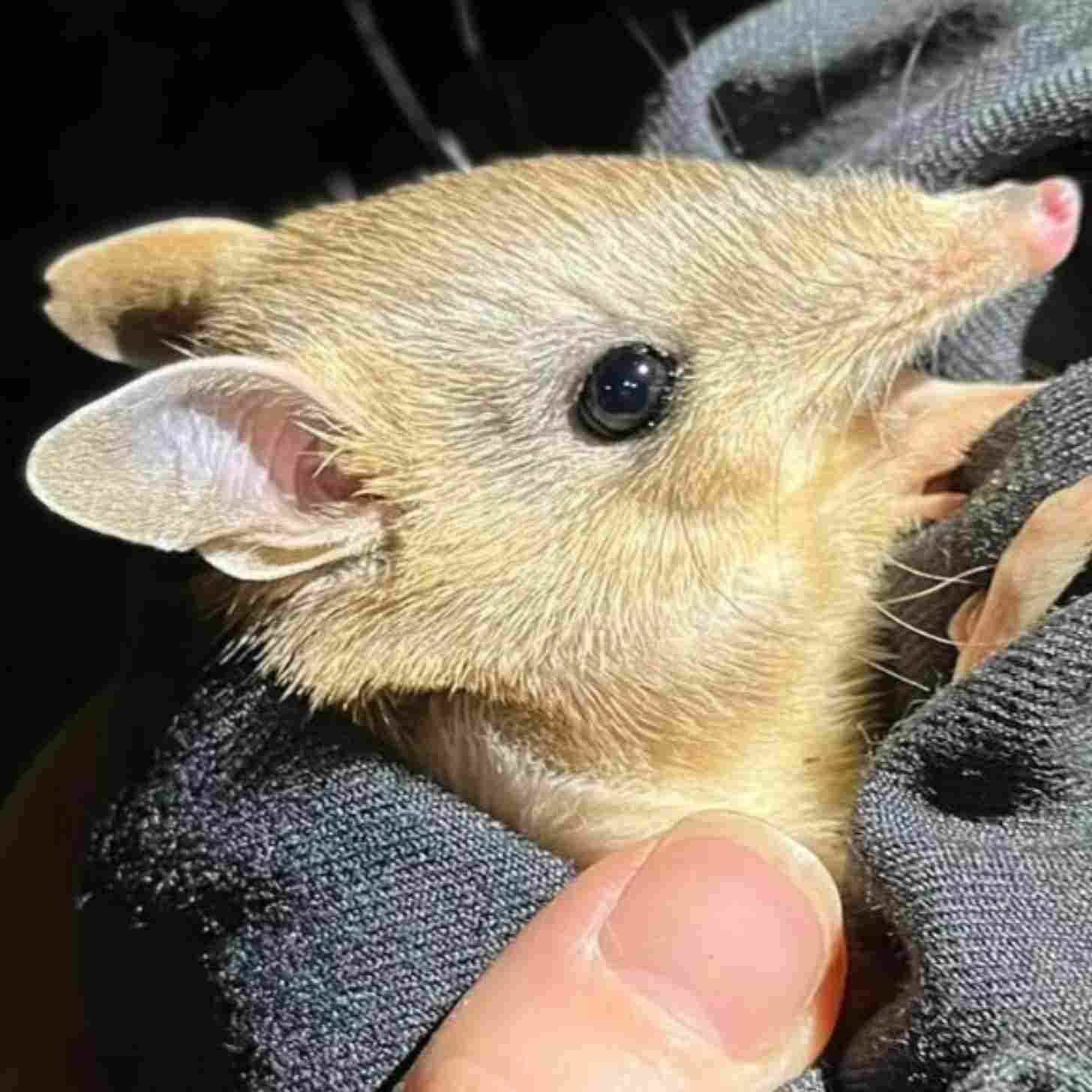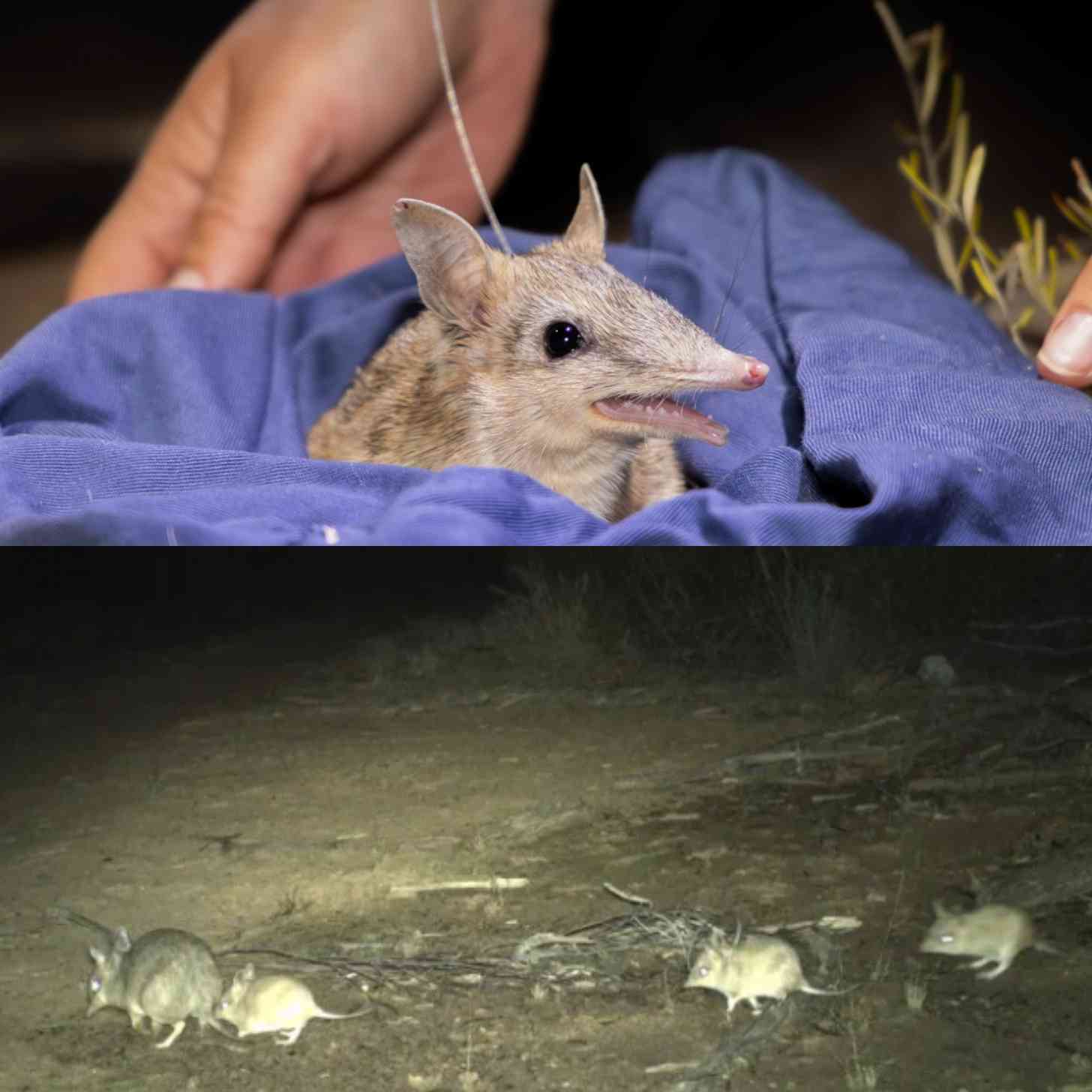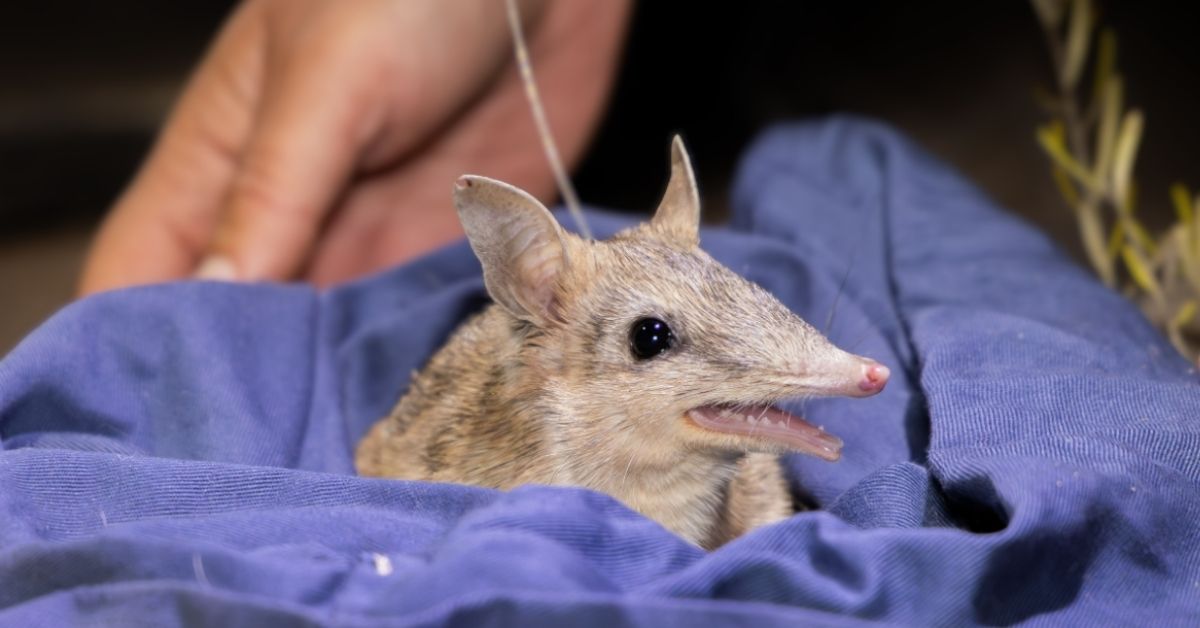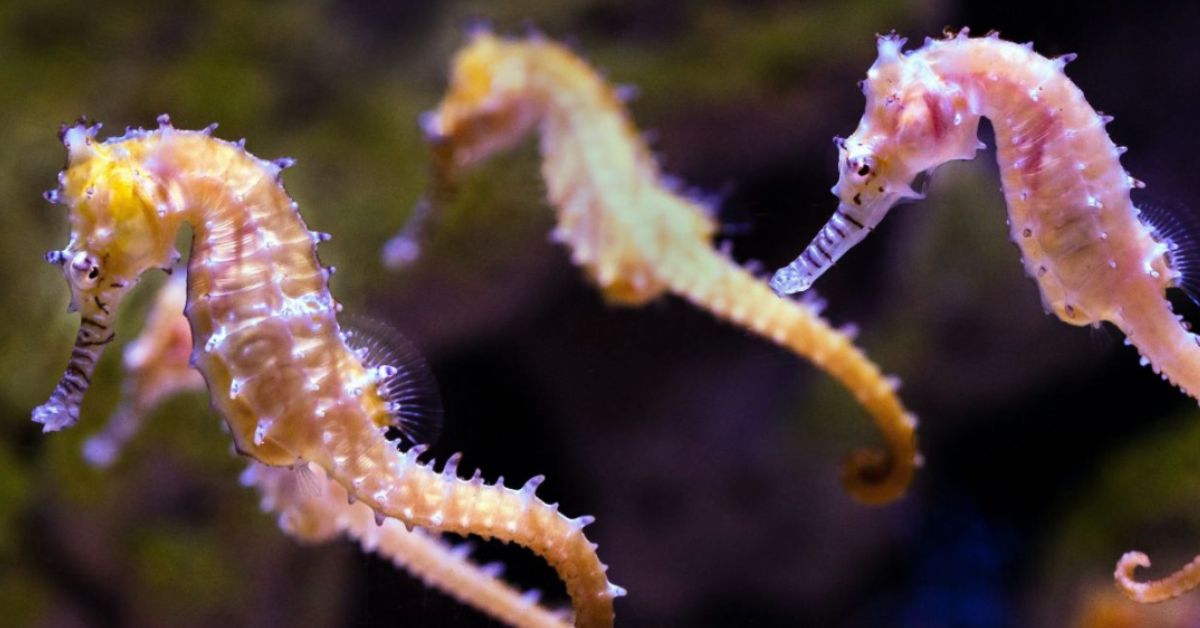It’s fair to say that the video game developers of “Crash Bandicoot” took some creative liberties when it came to capturing the likeness of the Australian marsupial — especially when it comes to Crash’s bright red fur and trademark jean shorts.
In reality, bandicoots are typically gray, brown, or cream-colored and look more akin to shrews. Their V-shaped faces are framed by large, rounded ears, a pronounced nose, and twin rows of tiny, sharp teeth.
Unfortunately, several species — including the eastern barred bandicoot and southern brown bandicoot — are endangered due to habitat loss and mounting threats from predators like wild cats and foxes.
But in recent years, conservationists have raised particular alarm surrounding the decline of a third species: the shark bay bandicoot.
The shark bay bandicoot, which is the smallest species of bandicoot, once thrived across the broad expanse of the Australian landscape.
Now, with fewer than 3,000 left in the wild, the species’ reach is much more restricted. Today, they are largely relegated to their namesake region — Shark Bay — on the islands of Bernier, Dorre, and Faure in Western Australia.
Thankfully, in August 2023, ecologists at the Australian Wildlife Conservancy stepped in to help the vulnerable marsupials.

Together with the help of the New South Wales National Parks and Wildlife Service, the AWC released 66 shark bay bandicoots into the Pilliga State Conservation Area: a 5,800-hectare (roughly 14,300 acres) enclosure that’s free from feral predators like cats and foxes.
It marked the first time that shark bay bandicoots ran free in the region in more than 150 years.
Then, in August 2024, the AWC team returned for a headcount.
Armed with bait balls made of peanut butter, oats, and fish, the ecologists attracted 85 bandicoots out into the open. Remarkably, 41 were adult females in “breeding condition,” and 44 were bandicoot younglings born on the Pilliga reserve.
The conservationists cheered: Their reintroduction plan was working.

This summer, the AWC found more reason to celebrate. As Maisie Duffin, a field ecologist for the AWC, flitted through countless camera images from Pilliga trail cameras, she came across further proof that the shark bay bandicoots were thriving: A family portrait of a mother bandicoot with three babies in tow.
“It definitely made our day seeing the photo of the three young bandicoots scurrying to keep up with their mum,” Duffin said in a press release. “We were sifting through thousands of motion sensor camera images when we came across that gem.”
“Aside from being completely adorable, it gave us great confidence that the bandicoots are breeding and that the population in the Pilliga is growing.”
David Kelly, the manager of threatened species at the National Parks and Wildlife Service, celebrated the news as well, recalling the August day he spent in Pilliga, releasing the initial 66 shark bay bandicoots to their new, protected habitat.
“Having been involved in the initial reintroduction of the shark bay bandicoot to the Pilliga, it is exciting to see them now breeding,”
Kelly said.
“[It’s] a promising sign that they are well on their way to establishing a viable, self-sustaining population.”
Header image via Hayley Charlton-Howard / Australian Wildlife Conservancy



